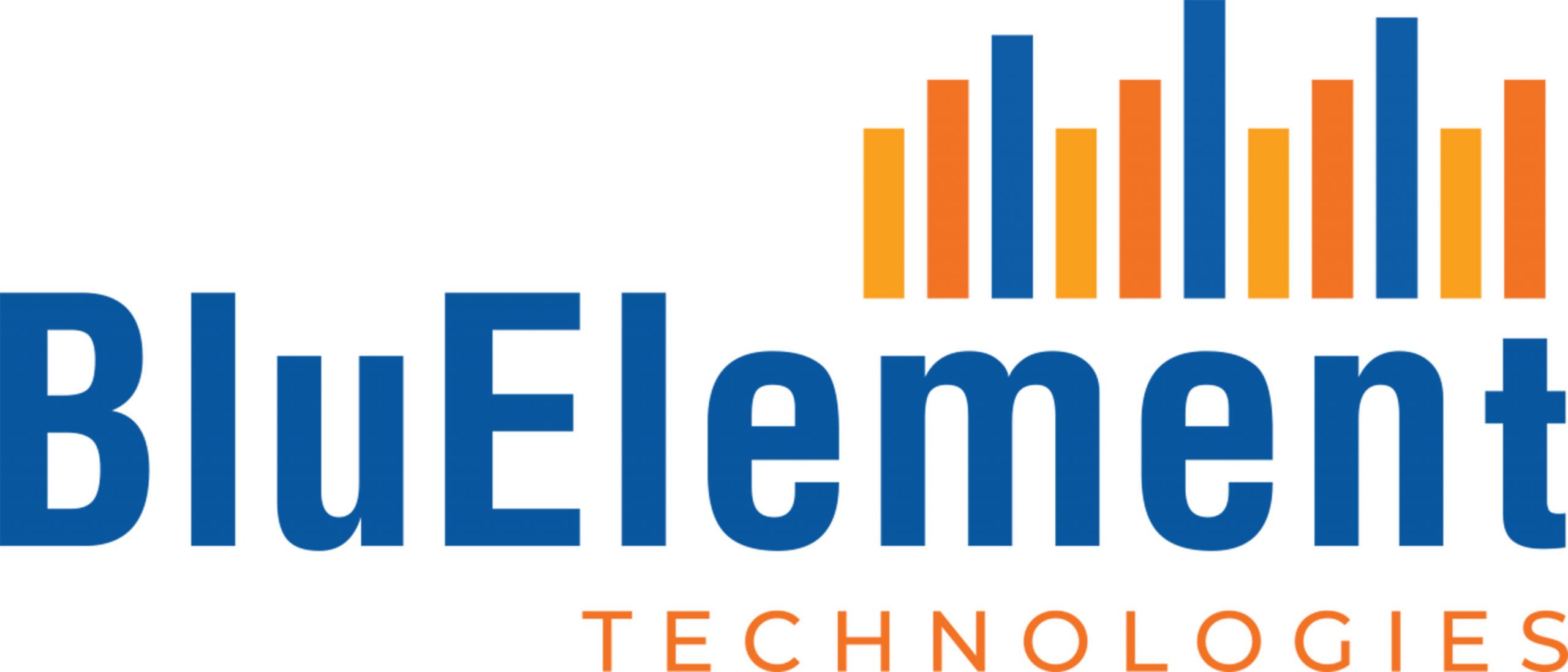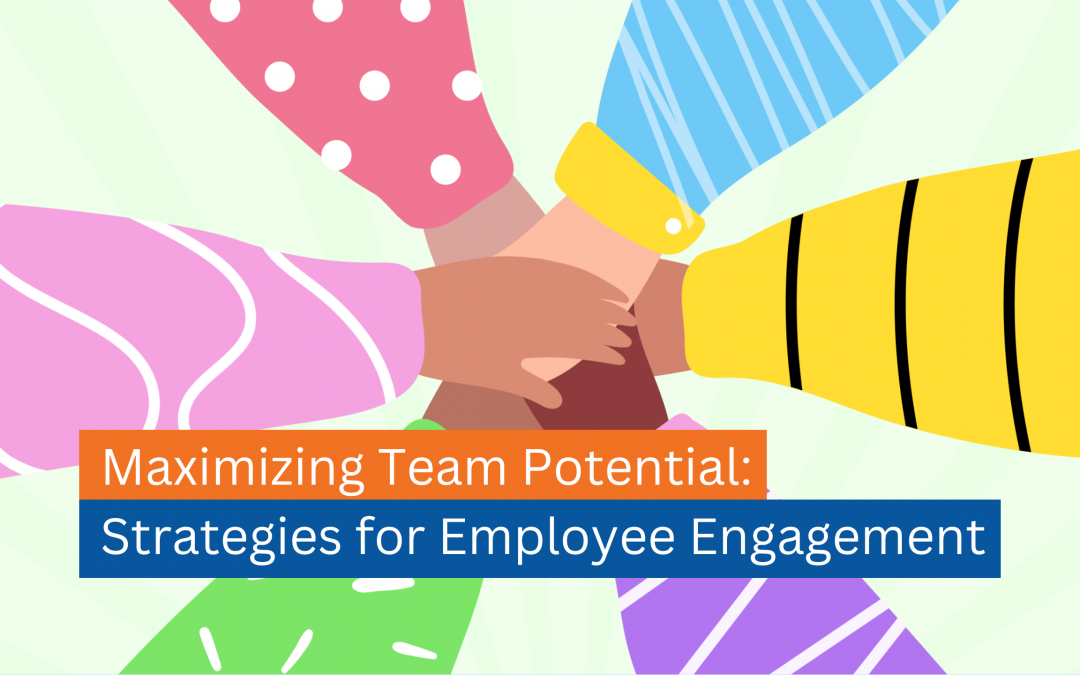The potential of a team is often the driving force behind success. A crucial element in unlocking this potential lies in effective employee engagement strategies. This article explores various approaches to enhance team engagement, fostering a productive and positive work environment.
Understanding Employee Engagement
Employee engagement is more than just job satisfaction. It’s about how invested employees feel in their roles and the company’s mission. Engaged employees are not just committed; they are passionate and motivated to contribute to the company’s success. This section delves into why engagement is vital for team potential.
- Increased Productivity: Engaged employees are more productive, as they’re motivated to contribute their best work.
- Reduced Turnover: High engagement levels lead to lower staff turnover, saving costs related to recruiting and training new employees.
- Better Company Culture: Engagement fosters a positive work culture, encouraging collaboration and innovation.
Strategies to Enhance Employee Engagement
Engagement doesn’t happen by accident; it requires deliberate and consistent effort. Here’s how to enhance engagement within your team:
- Effective Communication: Clear, transparent communication builds trust and understanding. Regular team meetings and open-door policies encourage a culture of openness.
- Recognition and Reward: Recognizing and rewarding employees’ efforts and achievements is essential. This can be through formal awards, informal acknowledgments, or performance-based bonuses.
- Professional Development Opportunities: Providing opportunities for growth and development keeps employees motivated and committed.
- Work-Life Balance: Encouraging a healthy work-life balance is crucial. Flexible working hours and recognizing the importance of personal time contribute to employee satisfaction.
- Employee Well-being Programs: Implementing well-being programs, like health and wellness workshops, shows employees that the company cares about their overall well-being.
Team Building Activities
Team building activities are a great way to strengthen relationships and improve communication within a team. They can range from simple in-office activities to elaborate outdoor events, all designed to boost teamwork and morale.
Leadership’s Role in Employee Engagement
Leadership plays a pivotal role in driving employee engagement. Leaders should lead by example, provide clear direction, and be accessible and approachable. They should also be adept at identifying and addressing any issues that could hinder engagement.
Measuring Employee Engagement
Measuring engagement helps in understanding its impact and the areas that require improvement. Surveys and feedback mechanisms are effective tools to gauge employee sentiment.
Adapting to Changing Dynamics
The modern workplace is ever-evolving, and so are the needs and expectations of employees. Companies must be adaptable, constantly evaluating and updating their engagement strategies to stay relevant.
Conclusion
Maximizing team potential through effective employee engagement strategies is key to the success of any organization. By fostering a culture of engagement, companies can unlock the full potential of their teams, leading to increased productivity, innovation, and overall job satisfaction. As the business world continues to evolve, those who prioritize employee engagement will find themselves at the forefront of success.



